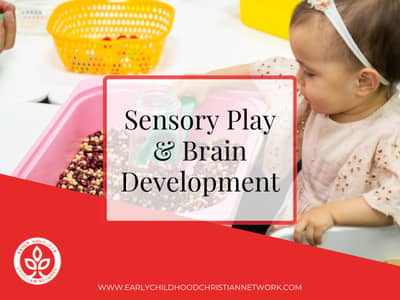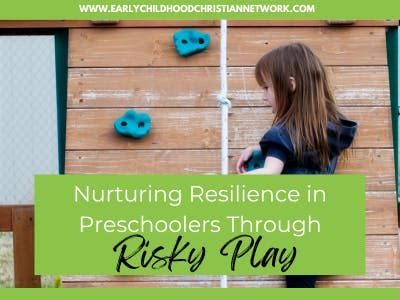The Importance of Sensory Play for Brain Development
|
Hey Reader! Sensory play is more than just fun and messy (although, it usually IS messy!)—it’s an essential part of early brain development. When young children explore the world through their senses, they strengthen neural connections and develop critical skills in areas like problem-solving, language, and motor development. Even if you don’t like messy play too much, you can put supplies into smaller “personal” sensory tubs or figure out ways to minimize overflow and spills! Let’s look at a few engaging sensory play ideas that you can easily incorporate into your classroom: Sensory Bins: A Hands-On Adventure Fill shallow containers with materials such as rice, beans, pasta, or kinetic sand (remember to use age-appropriate materials). Add scoops, cups, and small toys for exploration. Sensory bins encourage children to investigate textures and develop fine motor skills. Heavier fillers like sand or rice also help with regulation and children dig down into the weightier materials and engage larger muscle groups (another form of “heavy work”) Pro Tip: Rotate materials to match classroom themes—try colored rice or pasta for a rainbow bin or sand with seashells and disposable drink umbrellas for a beach day. Dive into Water Play Water play helps children explore the properties of liquids while enhancing fine motor skills. Use a water table or a large container filled with water, sponges, funnels, and small floating toys for endless fun. Water play is also a naturally calming activity! Pro Tip: Add a few drops of food coloring, washable paint, or bubble solution to elevate the experience. You might want to put a drop cloth or a couple of towels underneath your container or water table! Mess-Free Sensory Exploration Create sensory bags by sealing items like hair gel, small beads, or glitter in a zip-top bag. Secure the bag to a table and let children squish and explore. Pro Tip: Double-bag for durability and safety, especially for younger children. Nature Play: Explore the Great Outdoors Take sensory play outside and let children investigate grass, leaves, rocks, or mud. Provide tools like magnifying glasses or baskets to collect and examine natural treasures. Pro Tip: Bring their findings indoors to a “nature table” for extended exploration. Artistic Sensory Experiences Incorporate sensory elements into art activities with finger paints, textured rollers, or salt dough. Children will enjoy creating while engaging their senses. Pro Tip: Experiment with unconventional painting tools like cotton balls or feathers for extra sensory stimulation. Sensory play offers endless opportunities for children to grow and learn. By including a variety of sensory activities, you’re fostering their development and helping them build essential skills—all while having fun. Embrace the mess and watch their curiosity soar! What’s in your sensory table this week? Send us a picture or comment on our social media posts this week!
Cheering you on this week! -Your ECCN team
week 1/3
Colossians 3:16 “Let the message of Christ dwell among you richly as you teach and admonish one another with all wisdom through psalms, hymns, and songs from the Spirit, singing to God with gratitude in your hearts.” |






